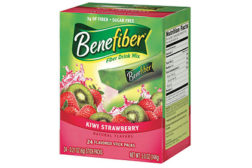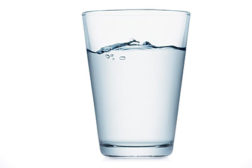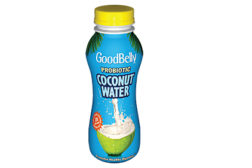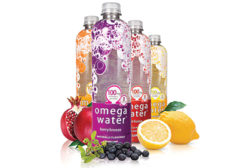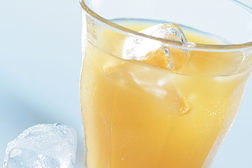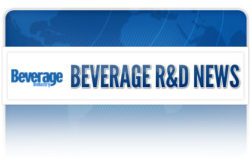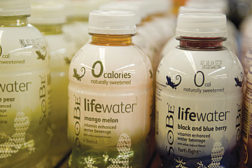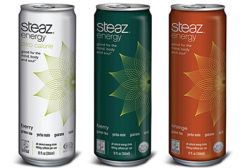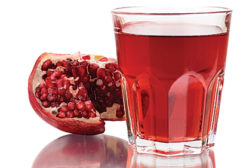R&D Features
Understanding fiber fortification
Myriad options available for enhancing drinks
April 13, 2012
Drinking to a healthier mind
Designing formulations for prolonged cognitive function
February 13, 2012
Hydrocolloids:Ingredients that bind
Hydrocolloids provide solutions for new formulations
February 13, 2012
2012 New Product Development survey
A return to innovation forecasted — with a traditional focus
January 9, 2012
Supplementing what demographics are missing
Fortification provides access to vitamins and minerals
December 11, 2011
Reading between the leaves
Tea shows off its colors, benefits and many functions
December 11, 2011
A colorful palette of options
Color trends address natural demands, stability concerns
November 14, 2011
Elevate your expertise in the beverage marketplace with unparalleled insights and connections.
Join thousands of beverage professionals today. Shouldn’t you know what they know?
JOIN NOW!Copyright ©2024. All Rights Reserved BNP Media.
Design, CMS, Hosting & Web Development :: ePublishing
